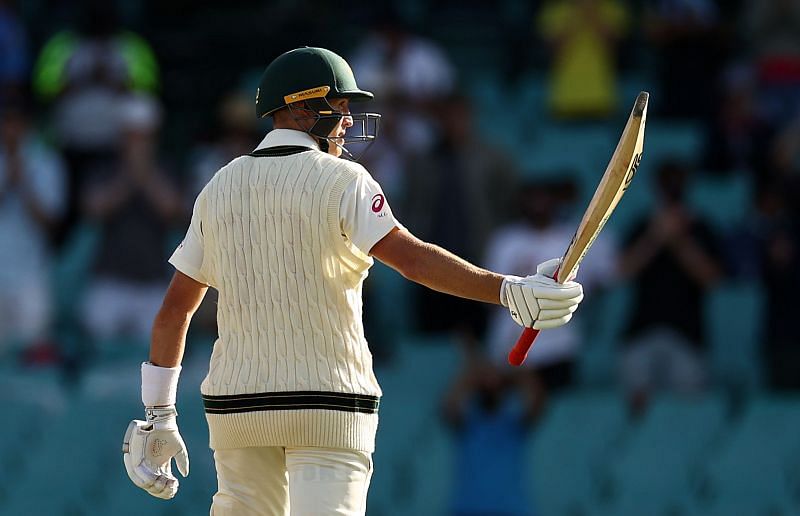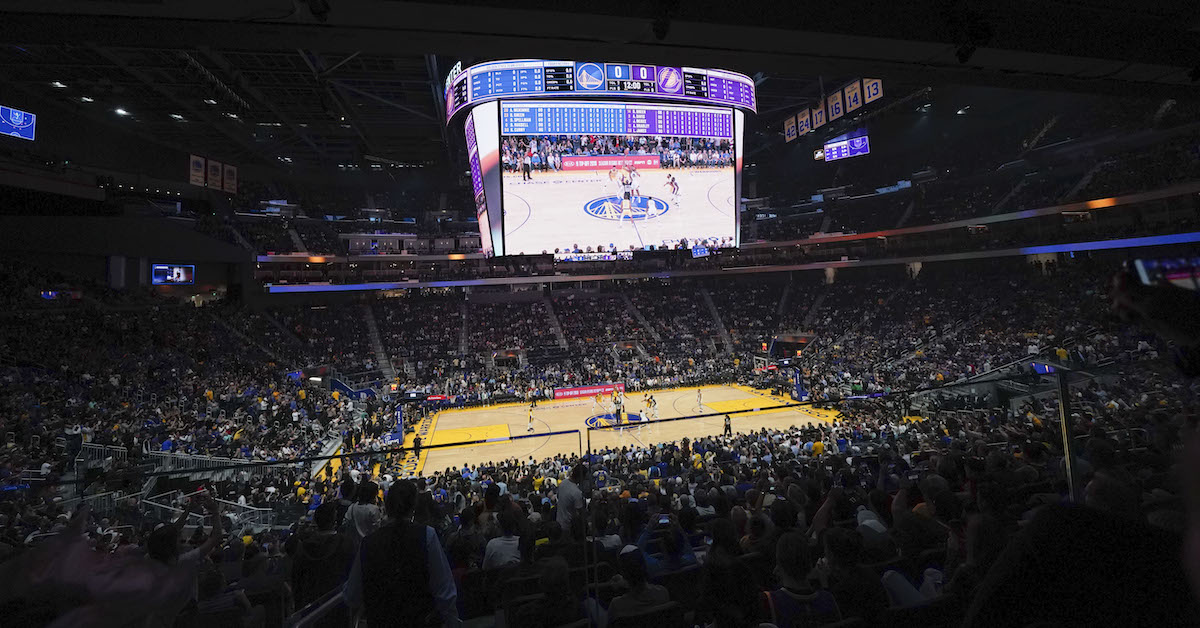How we showed bamboo cricket bats could usher in a new, more sustainable epoch for the sport

For nearly 200 years, willow has been the principal material used in the production of cricket bats. English white willow is particularly sought after, famed for its aesthetically pleasing colour and grain structure as well as for its ideal combination of lightness and rigidity.
But because willow takes a long time to mature, its supply is low and decreasing. High-quality willow takes close to 15 years to grow into a mature tree ready for use, and close to 25% of the harvest is turned into cheap firewood due to defects in the material.
This supply challenge is exacerbated by the fact that the demand for cricket bats is increasing. There are good prospects of cricket being included in the 2028 Summer Olympics in Los Angeles, and growth regions for the sport – such as China and Brazil – represent huge new markets for bats where willow isn’t typically grown.
My recent study, undertaken with the help of my colleagues Ben Tinkler-Davies and Michael H Ramage, has identified and tested bamboo as an exciting alternative to willow bats. Grown widely in cricket’s emerging markets, bamboo is more sustainable and more eco-friendly than willow. And, after producing a prototype, we found bamboo bats could even be superior to traditional willow ones – helping players hit bigger shots with greater ease off the bat’s “sweet spot”.
Alternative materials
Cricket bats are sometimes made using other hardwoods, plastics, aluminium or a composite of materials – but these bats are for leisure and non-professional games, or for training and coaching. The production of cricket bats for professional use remains overwhelmingly reliant on dwindling supplies of willow.
Bamboo has for some time been mooted as an alternative to willow. Compared with willow, bamboo takes a third of the time to mature, it absorbs more carbon during growth, and can be harvested multiple times over 30 years before requiring replanting. Willow trees, on the other hand, need replanting after every harvest.
Bamboo, and in particular moso bamboo, is also plentiful in emerging cricketing nations such as China. Since it’s a natural plant in various tropical and temperate regions, bamboo provides a cheaper material for cricket bat manufacturing – which could help the game spread to less developed nations.
These factors led us to believe that making cricket bats from bamboo could increase the sustainability of the sport, while also providing new opportunities for businesses and nations looking to get more involved in the game. But in order for the material to be taken seriously by a sport that’s sentimentally attached to traditional willow bats, we needed to manufacture and test a prototype bamboo bat.
Bamboo bats
We can process bamboo into an engineering material, called “laminated bamboo”, which has all the properties needed for a professional cricket bat. Working closely with Garrad & Flack, a Suffolk-based bat manufacturer, we used this material to create the world’s first bamboo cricket bat prototype.
Manufacturing our bamboo bat was actually quicker than the process used to make willow bats. Because laminated bamboo doesn’t require knocking-in – used to densify and harden willow bats – it can be modelled into a game-ready bat faster than willow.
With our prototype ready, we submitted our bamboo bat to scientific testing to confirm whether it would make a viable alternative to willow bats, even in professional games.
Hitting the sweet spot
To our surprise, we found that our bat actually outperforms willow on some key measures. Most excitingly, testing revealed that the bamboo bat has a superior “sweet spot” to willow bats – defined as an area in the middle of the bat that transfers the highest energy from the player’s bat to the ball.
This finding was backed up by computer simulations, which found the sweet spot of a bamboo bat to be 18.9% bouncier than a willow bat, consistently outperforming willow at different impact speeds. In practice, this means bigger hits at faster speeds when players connect with the ball on the bat’s sweet spot.
The sweet spot on the bamboo bat is also larger than on its willow counterpart, which means cricketers equipped with a bamboo bat will be able to produce better strokeplay, with more room for error when playing ambitious shots.
Out on the cricket field, the bat has been received positively on a number of fronts. Players found the appearance of the bat appealing, and the much-loved sound of the leather ball knocking against the bat was still present.
Our current bamboo bat design is 40% heavier than typical willow bats but, after adjusting their strokeplay, players found the ball flew off the bat effortlessly. Optimising the bat’s design by reducing its weight is the critical next step. It’s certainly possible: bamboo is stiffer than willow, which means thinner, lighter bats should be easy to produce.
Just not cricket?
What may still stump us are current cricketing rules, set by Marylebone Cricket Club, owners of Lord’s cricket ground and “guardians of the laws of the game”. Law 5.3.2 states that the bat’s blade shall consist solely of wood. Bamboo is technically a grass and not a wood and so, by the letter of the law, bamboo bats are currently illegal for use in professional cricket.
Still, we’re hoping to work with cricket’s lawmakers to encourage the adoption of bamboo as an alternate plant-based material for making cricket bats. Our findings are persuasive: bamboo bats are more sustainable, more accessible for emerging cricketing nations, and could enable batters to hit more exciting shots. Bamboo bats, in our view, are still within the spirit of the game – and could help make the game a more global force in the future.
This article was originally posted on How we showed bamboo cricket bats could usher in a new, more sustainable epoch for the sport



